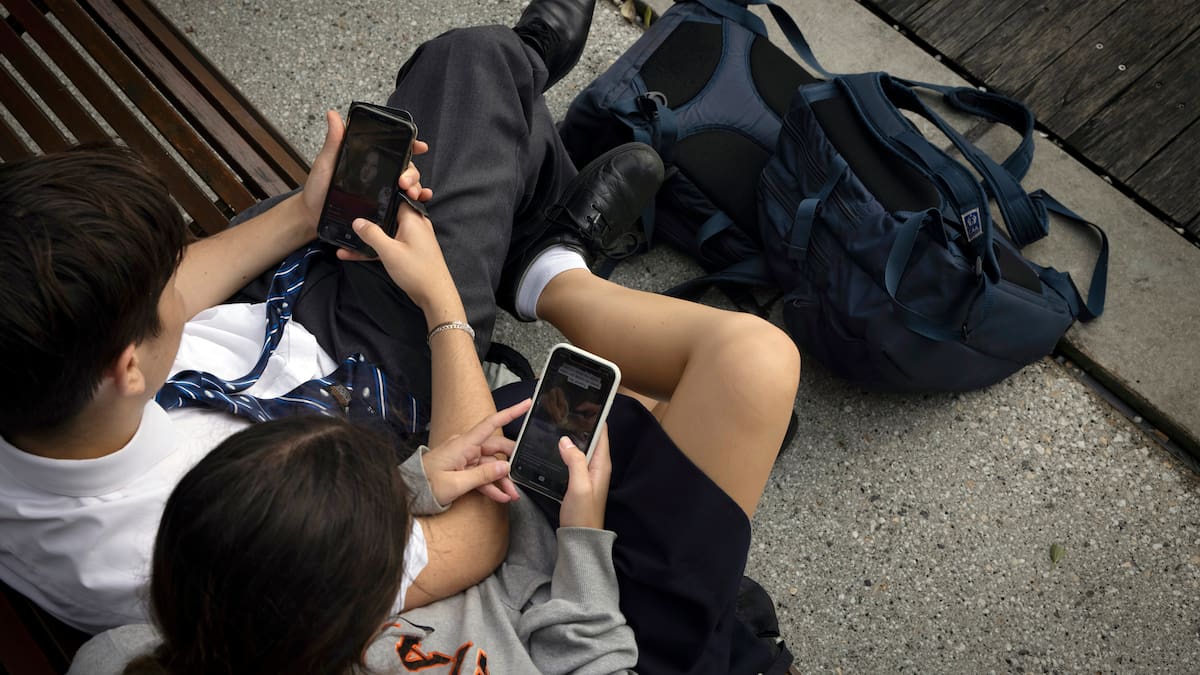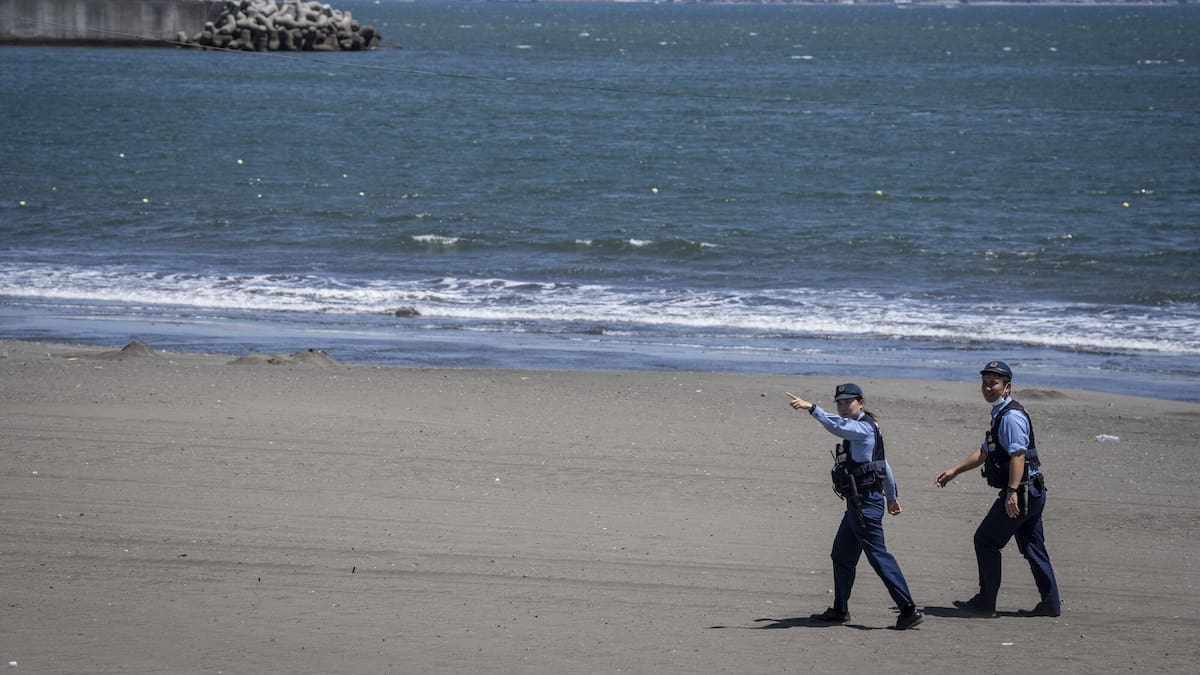YouTube, which young teens in Australia report using more than any other service, may or may not be covered by the law.
Authorities have yet to lay out the parameters of what social media companies need to do to comply, and what would constitute a violation, which could lead to fines of US$30 million or more.
The Government has studied how to verify users’ ages but has not released the full results of an extensive trial.
“We may be building the plane a little bit as we’re flying it,” Julie Inman Grant, the commissioner of online safety who is tasked with enforcing the law, said in a nationally televised address last month. “I’m very confident we can get there.”
The law could have far-reaching influence if Australia can succeed in getting substantial numbers of teens off social media.
Several governments around the world and in various American states are in the process of or planning to impose their own rules on social media for young people, as alarm over the platforms’ mental health effects and addictive nature has reached a fever pitch.
Passed late last year, the Australian law was billed as one of the first nationwide endeavours aimed at getting children off social media.
In May, New Zealand introduced legislation closely modelled on the Australian one, which puts the onus of verifying users’ ages on the social media platforms.
In June, President Emmanuel Macron of France said he wanted to bar children under 15 from social media within months.
The questions that remain unsettled in Australia should be a sign to other countries of the thorny path ahead — starting with how to define social media.
In Australia, authorities had initially planned to exempt YouTube from the law.
However, the online safety agency last month advised that it should not be excluded, noting that it was the most popular platform — used by three-quarters of 10- to 15-year-olds — and had features that could lead to excessive use, like infinite scroll and short-form videos.
YouTube has strongly objected to the recommendation, saying that it was a video streaming platform rather than a social media service, and that more than four out of five teachers use its videos in the classroom.
In an interview, Inman Grant said her office began consultations last week with tech companies to set expectations on what “reasonable steps” they need to take to comply with the law.
The companies will have to demonstrate, to her satisfaction, that they are doing enough to identify under-age users and remove their accounts.
They will also have to provide ways that parents or teachers can flag accounts belonging to people under 16; show that they are countering attempts at circumvention, such as through a VPN; and prove that they are tracking the efficacy of their methods, she said.
Even if not every under-age account is immediately purged from all platforms, she said, the law being in place will lead to change in the right direction.
“This is one of the biggest questions of our time, the intersection of social media and children’s mental health,” Inman Grant said.
Some tech company officials who are working on carrying out the law said that more than halfway through the year, they were still waiting for the Government to define the “yardstick” by which they would be evaluated.
Meta, for its part, has already invested in developing technologies to understand users’ ages and created separate teen accounts with safeguards, Joanna Stevens, a spokesperson for the parent company of Instagram and Facebook, said in a statement.
Critics of the law have pointed out that it has numerous blind spots.
For instance, it does not address the content that children are able to access without being logged into an account; it only specifies that under-age users should be prevented from having accounts.
Axel Bruns, a professor of communications and media at the Queensland University of Technology, said that in requiring tech companies to find a way to keep children out through unspecified means, rather than requiring them to better moderate harmful content, the Government was choosing to “go down the sledgehammer way,” he said.
“It’s a bit like saying we want to have this magical technology — if you don’t come up with it, then it’s your fault,” he said. “It’s law as wishful thinking, essentially.”
This article originally appeared in The New York Times.
Written by: Victoria Kim
Photographs by: Matthew Abbott
©2025 THE NEW YORK TIMES






